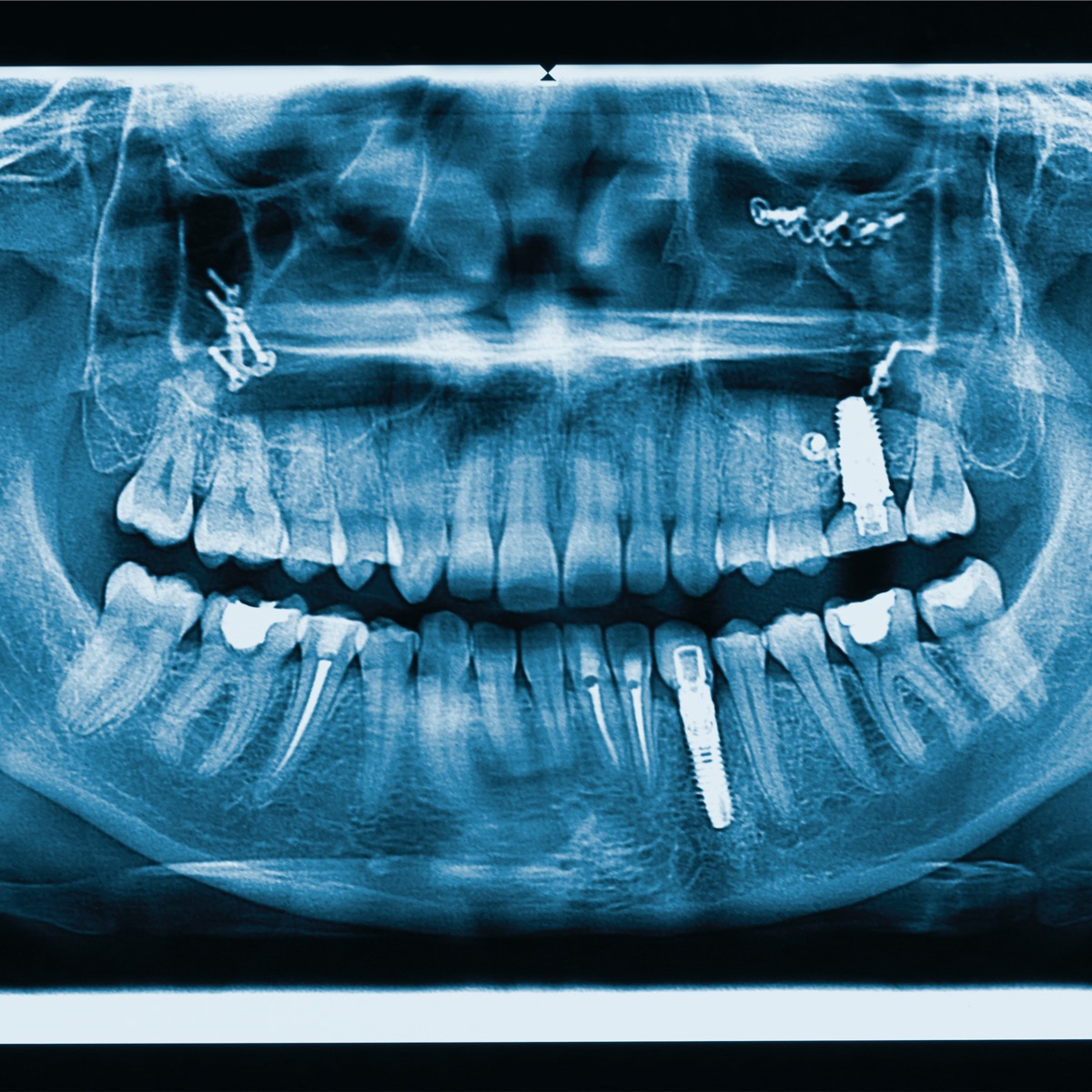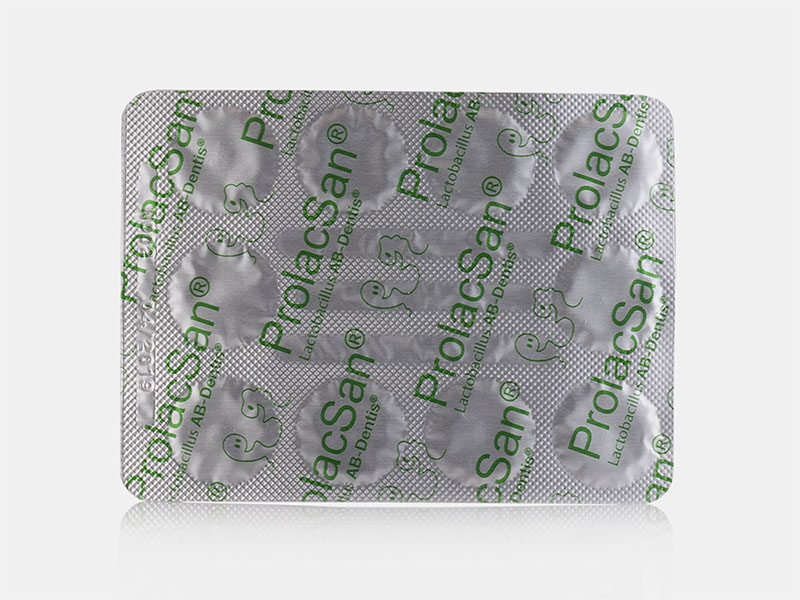Inflammation around an implant
Inflammation can occur around an implant in the same way as it occurs around a tooth.
A dental implant is a titanium screw that is inserted into the bone and then a crown is placed on top of the screw. The two parts are a structure to replace the loss of a tooth. The titanium screw is operated into the jawbone. The implant grows into the bone over a few months and then becomes fixed.
Just as the teeth and gums are coated with a biofilm, the implant will also quickly be covered by the same biofilm. Read more about biofilms.
There are both beneficial and harmful bacteria in the biofilm, which can be found anywhere on the surface of mucous membranes, tooth and implant surfaces.
The harmful bacteria on the gum line surface release substances that cause inflammation (thrush) of the gums. When this happens around an implant, it is referred to as perimucositis rather than gingivitis (inflammation of the gums), but despite the different names for the condition, it is the same mechanism. The implant is artificial compared to a tooth and therefore the connective tissue around the implant is different from that found around a tooth. This means inflammation will progress differently, and the main difference is that the inflammation spreads much faster, supporting and destroying the tissue faster than it does around a tooth.
Perimukositis
Therefore, you should be even more careful about the daily hygiene around an implant.
If the inflammation around an implant (perimucositis) is not slowed down in time, the inflammation will worsen.
As part of the inflammation process, the supporting tissue around the implant will be broken down and peri-implantitis will develop, which may eventually result in the implant loosening. A reaction is similar to what happens to the tooth in periodontal disease (periodontitis).
What the dentist/dental hygienist can do to prevent the process from worsening is to kill bacteria in the gum pockets with LAD (light-activated disinfection, read more.
The dentist can also help beneficial bacteria get into the dental pocket quickly by adding special ProlacSan® gel of lactic acid bacteria to the oral cavity. You, the patient, can then continue with ProlacSan® lactic acid bacteria.
Read more about ProlacSan®
ProlacSan


